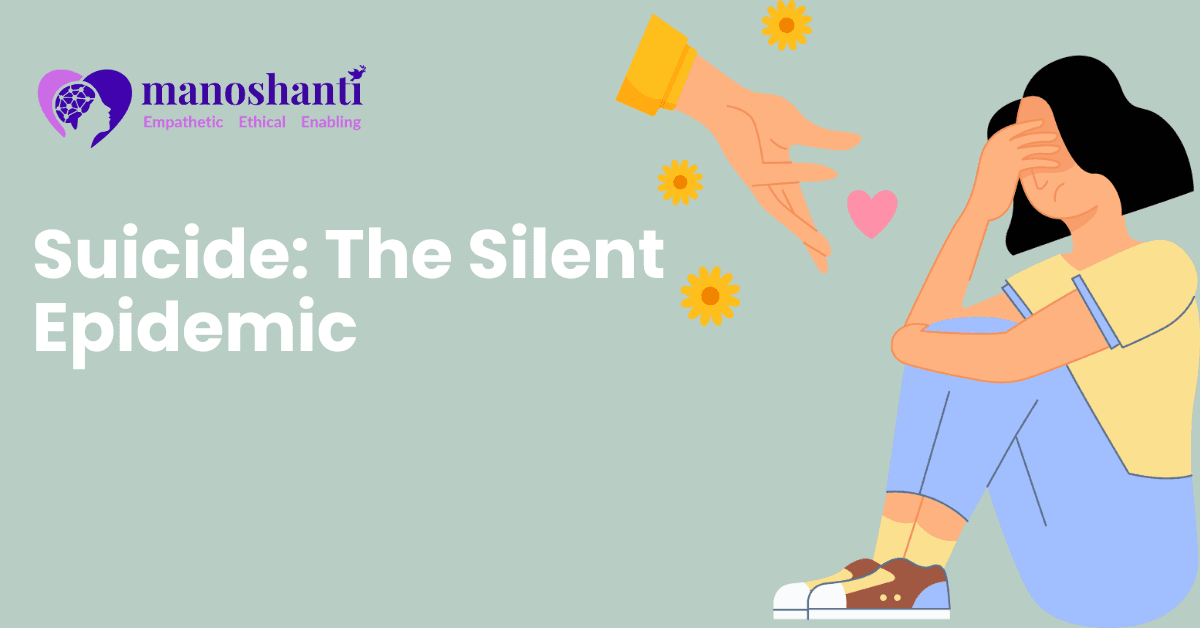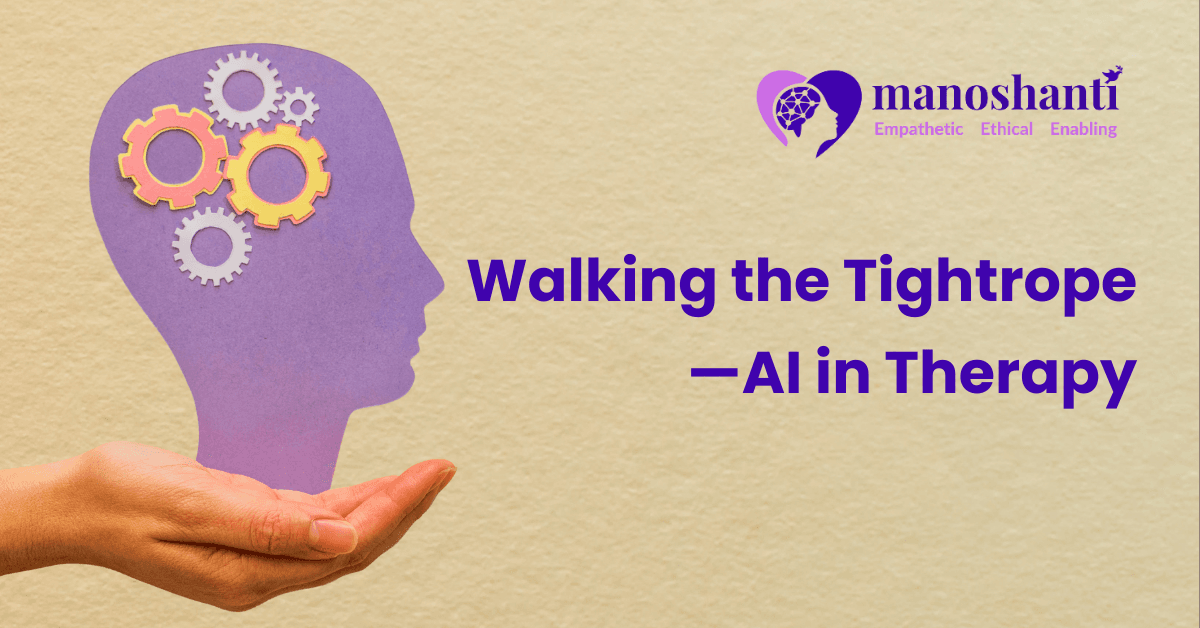Before every movie we see an elaborate advertisement saying “Smoking is injurious to health”. Public places are adorned with signboards that prohibit tobacco use or smoking. Even the cigarette and chewable tobacco packets have gory pictures of cancer patients printed on them. Why then, do people find it difficult to stop using tobacco?
The World Health Organisation (WHO) has started a yearly event to bring global attention to the tobacco epidemic, the preventable diseases and death it causes, and protect the youth in the future. Every year on 31st May, we celebrate the ‘World No-Tobacco Day’.
Why is Tobacco so harmful ?
- Nicotine : narrows blood vessels, causes damage to the heart, lungs, and brain, reduces the amount of oxygen that reaches your organs
- Tar : Greasy black substance that coats your airways and lungs, making it harder to breathe
- Carbon Monoxide and Ammonia : Toxic chemicals that cause irritation, inflammation, and organ damage
- Multiple dangerous cancer-causing chemicals, phenols, formaldehyde, polyaromatic hydrocarbons, tobacco-specific nitrosamines, all implicated in various systemic disorders.
What damage can be caused?
- Cancer : Implicated in over 15 kinds of cancers including lung, throat, mouth, as well as ovarian, stomach, liver, kidney, and blood cancers
- Cardiovascular problems: Stroke, blood clots, hypertension, atherosclerosis, heart attacks at younger age
- Lung Diseases: Chronic obstructive pulmonary disease (COPD), asthma, recurrent infections, and pneumonia
- Diabetes
- Infertility
- Teeth, Bone and Skin damage
- Hearing and Vision Loss
- Mental Health problems : linked with anxiety, depression, psychosis, eating disorders
- Financial loss, social isolation, and stigma
Addiction is not your fault
Tobacco is one of the most difficult substances to abstain from. It has the highest addiction potential of all. Developing addiction is like developing any other mental illness. There is evidence indicating a change in brain structure and chemical functioning in people with addiction. It is pertinent to not stigmatise people, to help them quit and to aid in improving their physical health. However, it is important to know that the first step to getting rid of this addiction must come from the person themselves.
10 steps towards a nicotine-free life
- Delay : Whenever you get the craving to use tobacco, tell yourself that you must wait for 5 or 10 more minutes and keep doing that till the craving goes down.
- Distract : Engage in some productive activity to distract yourself from the urge to use tobacco. Read a book, call a friend, pick up a puzzle, or engage in physical activity such as walking, jogging, or climbing stairs.
- Drink Water : Instead of the first smoke or the first mouthful of tobacco in the morning, have a large glass of water. Or have a glass of water when you feel the urge to smoke.
- Deep Breath : Take slow and deep breaths whenever you get overwhelmed by tobacco craving. Follow the 5 second rule – inhale for 5 seconds, hold for 5 seconds, exhale for 5 seconds and repeat at least 10 times.
- Set a quit date : Decide a date sometime in the coming week or two when you will completely stop using tobacco. Mark it on the calendar, share it with friends and family to help you abide by it.
- Go cold Turkey : After your decided quit date, stop completely. Do not give in to the urge to ‘having just one”, as its nothing more than a slippery slope from there on.
- Chew on it : People often report that they need to chew something despite quitting tobacco. Sugar-free gum, hard candy, cinnamon sticks, nuts, raw vegetables, or sunflower seeds could be helpful.
- Discuss : Many people find it difficult to walk this path alone, and it takes multiple tries before they can quit for good. It is encouraged that you reach out to family, friends, or support groups – both online and offline, discuss your situation and ask for help.
- Psychotherapy: Counsellors and Psychotherapists can provide individual or group motivational enhancement therapy sessions. Nicotine Anonymous (NA) is a 12-step programme that organizes sessions aimed at people who desire to quit and live healthier lives.
- Medications : Nicotine replacement therapy is the most widely used treatment modality. Chewing gums, Lozenges and patches are available freely. Certain targeted drugs like Varenicline and Bupropion can also aid in tobacco deaddiction. Consult a mental health professional before starting any treatment.
Conclusion
Tobacco use is one of the leading causes of preventable deaths. However, there are many success stories of people being able to quit tobacco, and lead healthy and fulfilled lives. On the occasion ‘World No-Tobacco Day’, take a pledge to improve your life and that of those around you – COMMIT TO QUIT!





